The first step of knowledge is to understand the knowledge itself – Carl von Linné. Green tea, oolong tea, and black tea refer to the manufacturing methods of tea, coupled with suitable tea tree varieties, to fully demonstrate the flavor of tea.
Origin of Tea Tree Names
Tea, classified biologically as Camellia, is commonly known as Camellia sinensis. The scientific name was initially Thea sinensis, named by Swedish biologist Linnaeus in 1753. The genus Camellia is derived from the Latin surname of Georg Joseph Kamel (1661-1706), a Jesuit missionary from Czechia. The species name sinensis is derived from Scottish botanist Sir George Watt (1851-1930), naming it after the origin of the plant, with sinensis meaning “from the continent” in Latin. Tea trees originate from Asia, with a distribution range of about 10 degrees north and south of the Tropic of Cancer.
Relationship between Taiwanese Tea and Qingxin Oolong
Taiwanese tea refers to tea tree varieties cultivated by tea research institutes. Qingxin Oolong is a tea tree variety that naturally exists in the wild, so Qingxin Oolong is not included in the Taiwanese tea numbering system. However, Qingxin Oolong can be considered as the parent of Taiwanese tea, serving as both the male and female parent. For example, Taiwan Tea No. 22 is a descendant bred from Qingxin Oolong as the male parent and Taiwan Tea No. 12 as the female parent.
Methods of Variety Improvement
Common methods include single plant selection, artificial hybridization, chemical mutagenesis, radiation mutagenesis, and genetic modification.
Single Plant Selection: Selecting excellent individuals from numerous plants, conducting cultivation, and then selecting to form a new variety.
Artificial Hybridization: Pollination is carried out manually since tea belongs to cross-pollinated crops. Pollen from Flower A must pollinate the pistil of Flower B. The obtained seeds are then cultivated and selected repeatedly.
Chemical Mutagenesis: Seeds are soaked in chemical mutagens to induce genetic mutations.
Radiation Mutagenesis: Plants are irradiated with radiation to induce genetic mutations.
Genetic Modification: Specific gene sequences are inserted into the species to obtain desired individuals.
How Difficult is Variety Improvement
Last week was the 117th anniversary of the Tea Research and Extension Station, which also announced a new variety, Taiwan Tea No. 24 – “Shanyun”.
002
Here are the breeding times for the varieties:
Taiwan Tea No. 12: 21 years, Taiwan Tea No. 18: 50 years, Taiwan Tea No. 19: 43 years, Taiwan Tea No. 20: 42 years, Taiwan Tea No. 22: 19 years, Taiwan Tea No. 23: 81 years, Taiwan Tea No. 24: 19 years.
Breeding Taiwanese tea varieties through single plant selection or artificial hybridization is incredibly time-consuming. Some breeding projects may take several generations to complete. In addition, breeders must endure loneliness and the setbacks of failure. Their work involves a lifetime of repetition and may not always lead to success.
The Fear of Genetic Modification
Why is genetic modification so frightening? Imagine if you were single (waiting for gene insertion), and a matchmaker (gene carrier vector) introduced you to a potential partner (target gene). But after the introduction is successful, the matchmaker has to join your family (gene insertion + gene carrier vector + target gene), sharing your life, and cannot be kicked out. Nobody knows what the matchmaker might do next. Fortunately, breeding of tea tree varieties is done using natural methods.
How to Say Variety in English
The term “variety” can be translated to English as “variety” or “cultivar,” with significant differences in meaning. “Variety” refers to naturally occurring species, while “cultivar” refers to species that have been artificially bred. Below is a table of Taiwanese tea tree varieties, which is not only a useful tool but also essential notes for sensory evaluation exams of tea leaves.
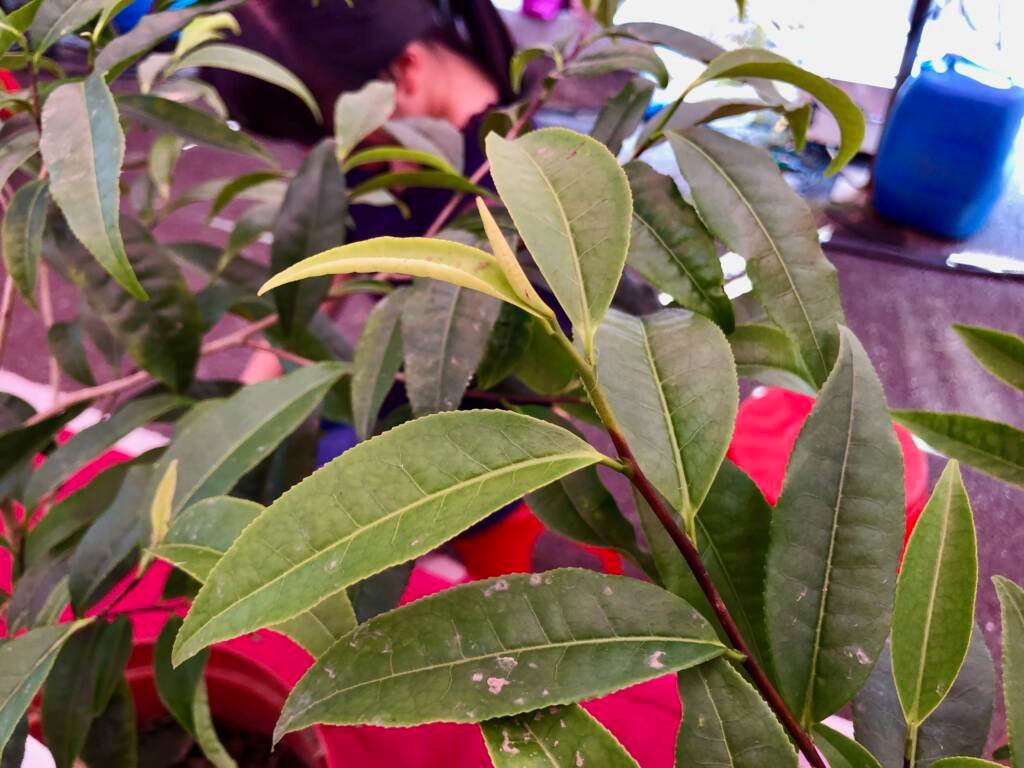
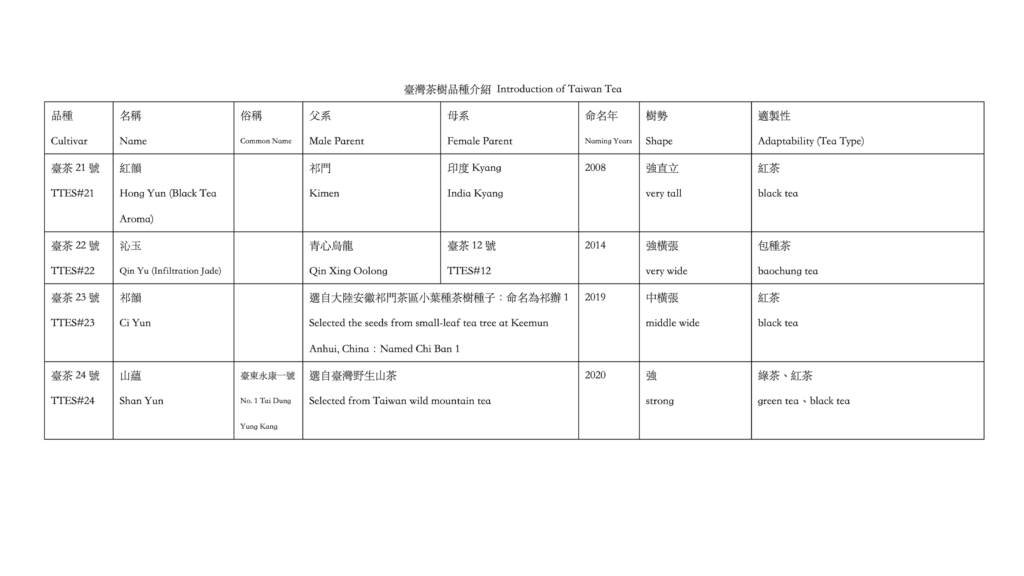
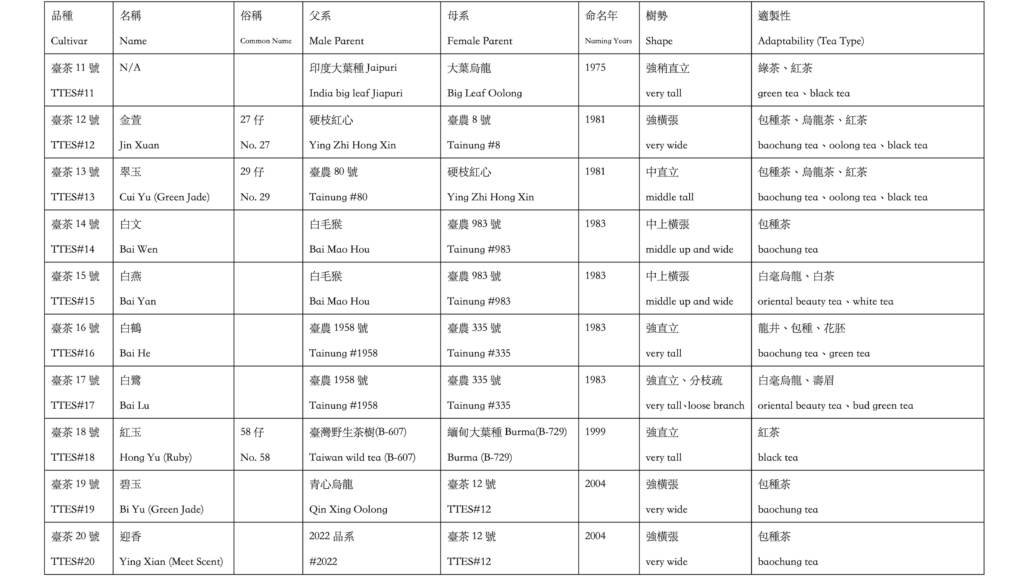

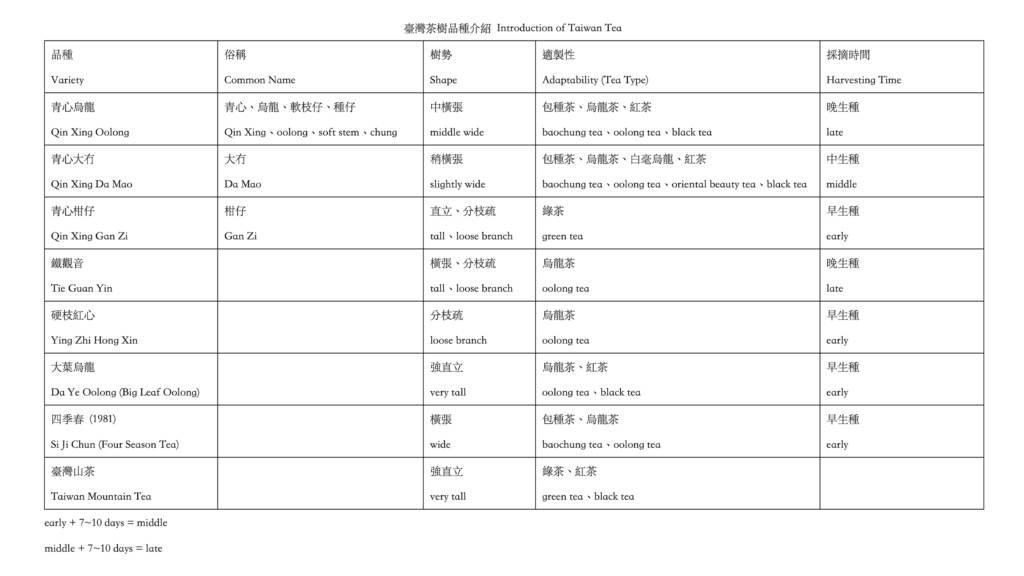

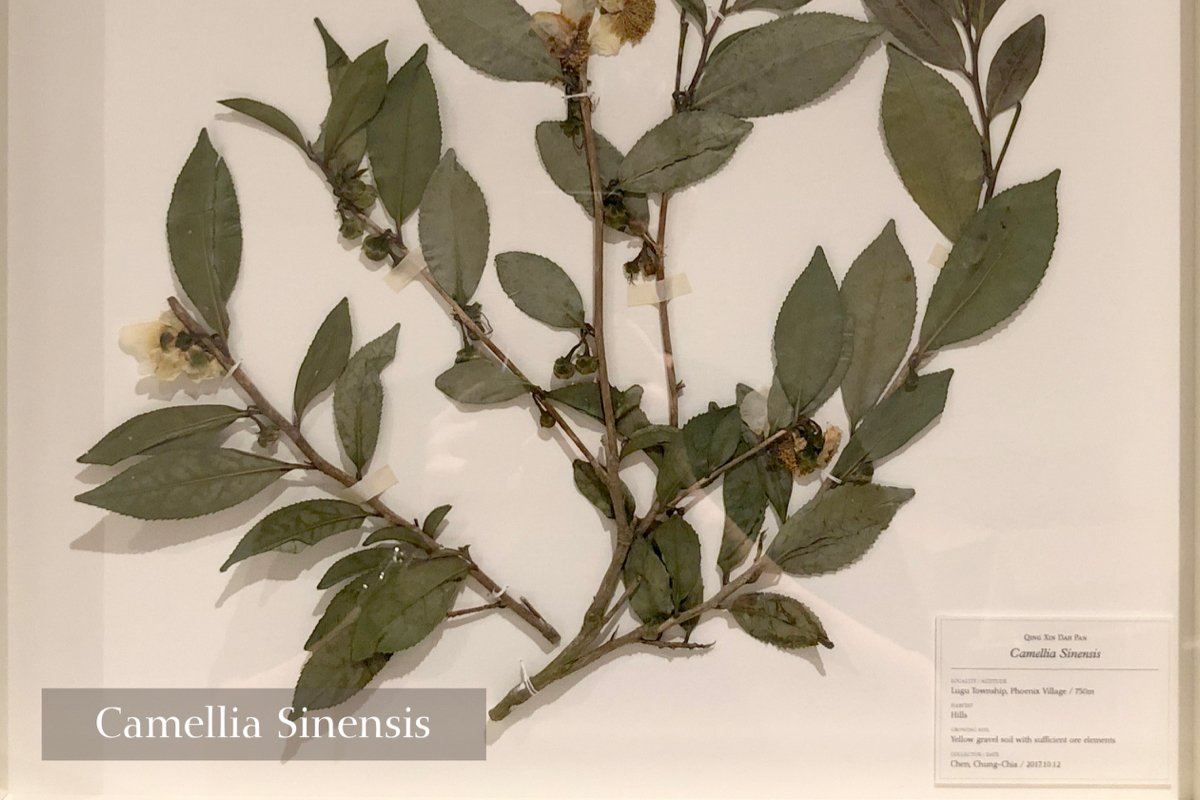

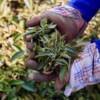
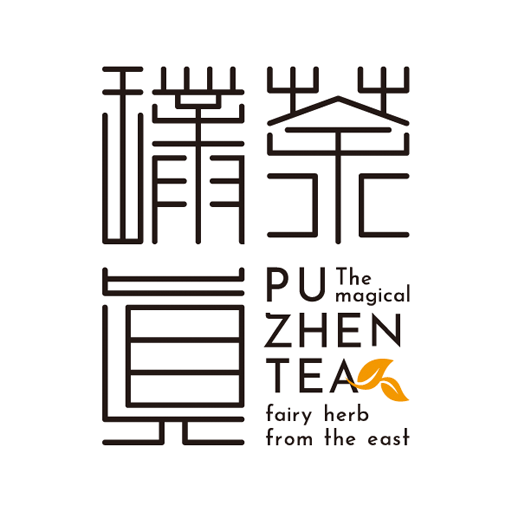
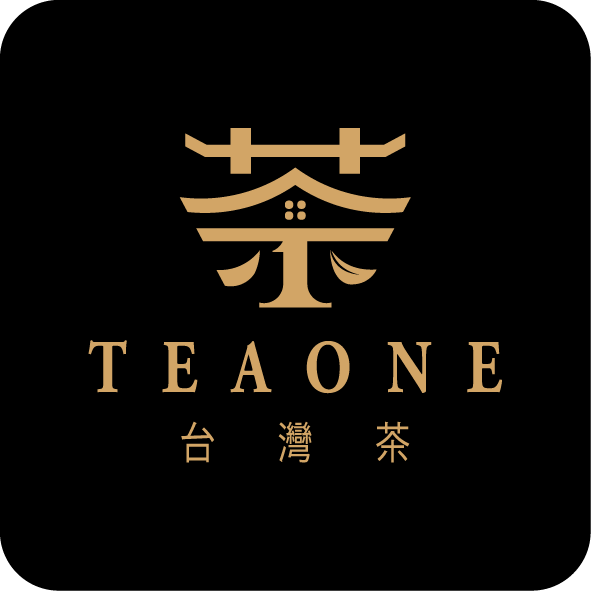
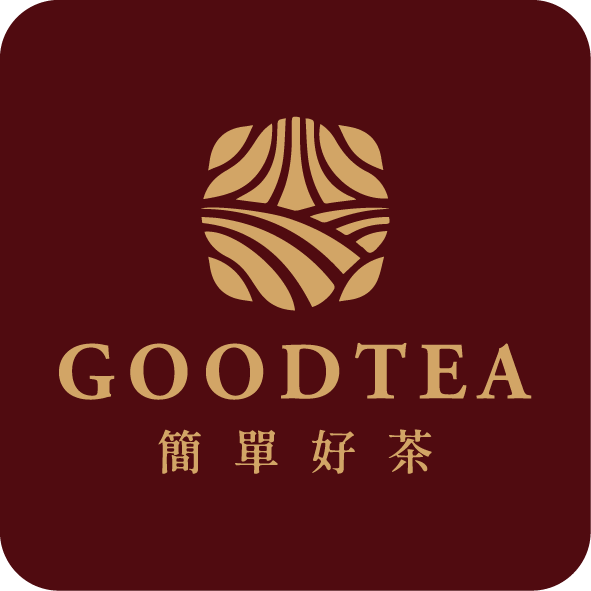
Leave a reply